Semiconductor Shortage By the Numbers, Looks Bad

The global shortage of semiconductor chips has really done a number on the industry and it’s just one of several major supplier issues created by our response to the pandemic. Years from now, people will look back and use the benefit of hindsight to come up with the perfect solution to a problem that has since evaporated. But all we can manage in the present is an up-to-date tally on how much product is being lost and wait for better news.
AutoForecast Solutions (AFS) has been keeping tabs on the situation and recently updated its numbers through the week of April 30th. Production schedules in North America are now reportedly 121,000 vehicles shy of where they’re supposed to be. Though we need to pull back and take a gander at what the whole industry was facing ahead of the latest figures to have a more complete understanding of this particularly dire automotive quagmire.
While North American manufacturers have announced a grand total of 883,000 vehicles that won’t be build due to factory shutdowns, AutoForecast is estimating the real number will be over one million units. European projections are similar, though production facilities have only accounted for 682,000 vehicles lost in an official capacity.
Asia has fared substantially better, likely as a result of it being the source market for most semiconductor chips. China’s automotive sector has claimed it’s only behind by 303,000 cars and, while it’s sometimes unwise to take the region at its word, AFS projections have its shortfall somewhere around 429,000. The rest of Asia has committed itself to building 355,000 fewer automobiles this year, with AFS estimating a total loss of 607,000.
Worse still is the changing industry attitude. While most manufacturers started the year promising that steps will be taken to normalize chip supplies, it doesn’t seem to be happening at the paces promised. Most brands are now warning that shortages could last through Q3, while market analysts have suggested that things might not stabilize until late in 2022.
Automotive News, shared a breakdown of the latest cuts reported by AutoForecast Solutions. Despite Ford receiving most of the publicity around chip-related production shortfalls, it was actually General Motors that took the biggest hit in the last round of cuts. Of the 121,000 new vehicles we learned were lost in North America last week, 79,600 belonged to GM.
We covered it, but here’s a refresher from AN:
They included 17,000 Chevrolet Equinox compact crossovers (Ingersoll, Ont.) and 24,100 Chevrolet Malibu midsize sedans and Cadillac XT4 premium crossovers (Fairfax, Kan.). More than 12,700 vehicles were deleted from production plans at Lansing, Mich., including Chevrolet Camaro convertibles, Camaro coupes, and Cadillac CT4 and CT5 luxury vehicles.
Ford cut 5,500 Bronco Sport crossovers at its plant in Hermosillo, Mexico. Ford reported during its Q1 earnings call last week that it could lose 50 percent of its planned second-quarter production because of the chip shortage.
There’s nothing to suggest these types of notices will abate any time soon. Chip demand is far too high and businesses with access are currently hoarding them to maintain an advantage. Meanwhile, there are new shortages looming in the distance that could further hamper the automotive sector. Global production losses are nearing 2.3 million units, with AFS estimating 3.36 million vehicles could be affected when everything is said and done.
[Image: Gorodenkoff/Shutterstock]

A staunch consumer advocate tracking industry trends and regulation. Before joining TTAC, Matt spent a decade working for marketing and research firms based in NYC. Clients included several of the world’s largest automakers, global tire brands, and aftermarket part suppliers. Dissatisfied with the corporate world and resentful of having to wear suits everyday, he pivoted to writing about cars. Since then, that man has become an ardent supporter of the right-to-repair movement, been interviewed on the auto industry by national radio broadcasts, driven more rental cars than anyone ever should, participated in amateur rallying events, and received the requisite minimum training as sanctioned by the SCCA. Handy with a wrench, Matt grew up surrounded by Detroit auto workers and managed to get a pizza delivery job before he was legally eligible. He later found himself driving box trucks through Manhattan, guaranteeing future sympathy for actual truckers. He continues to conduct research pertaining to the automotive sector as an independent contractor and has since moved back to his native Michigan, closer to where the cars are born. A contrarian, Matt claims to prefer understeer — stating that front and all-wheel drive vehicles cater best to his driving style.
More by Matt Posky
Latest Car Reviews
Read moreLatest Product Reviews
Read moreRecent Comments
- Ajla I did like this one.
- Zerofoo No, I won't miss this Chevrolet Malibu. It's a completely forgettable car. Who in their right mind would choose this over a V8 powered charger at the rental counter? Even the V6 charger is a far better drive.
- Offbeat Oddity Nope, I won't miss it. I loved the 2008-2012 Malibu, but the subsequent generations couldn't hold a candle to it. I think the Impala was much more compelling at the end.
- Zerofoo An almost 5000 pound hot hatch that fell out of the ugly tree and hit every branch on the way down? No thanks.
- Tassos Jong-iL This would still be a very nice car in North Korea.



















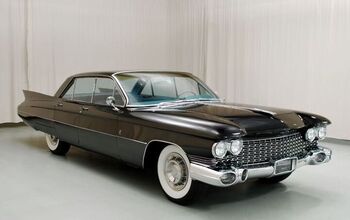

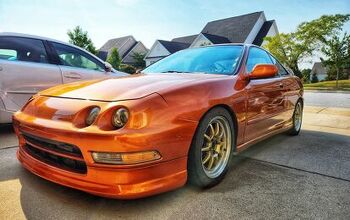


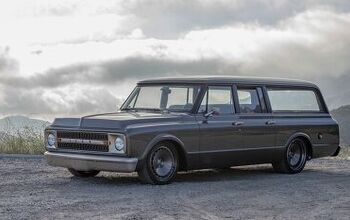





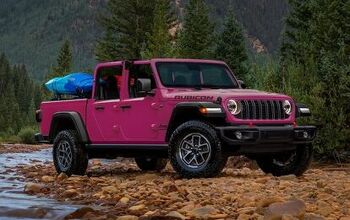
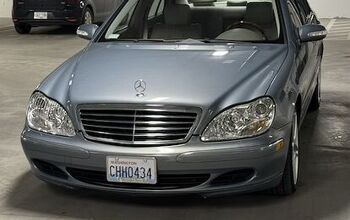
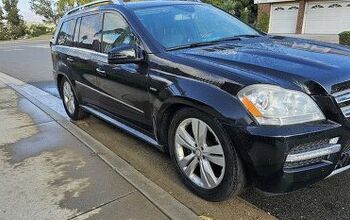

Comments
Join the conversation
Dear OEM decision makers, Watch the first 22 minutes of Season 2, Episode 10 of The Grand Tour ("Oh, Canada") for important hints about how to make better vehicles* using fewer chips. *Richard Hammond direct quote: "cheaper, lighter, faster and easier"
I know its more complicated than this, but I will LOL if they start walking back those ridiculous infotainment systems and revert to a simpler radio/CD setup with aux jack and USB.